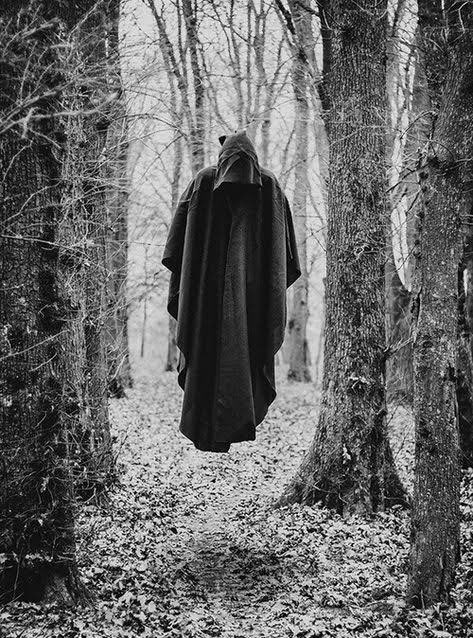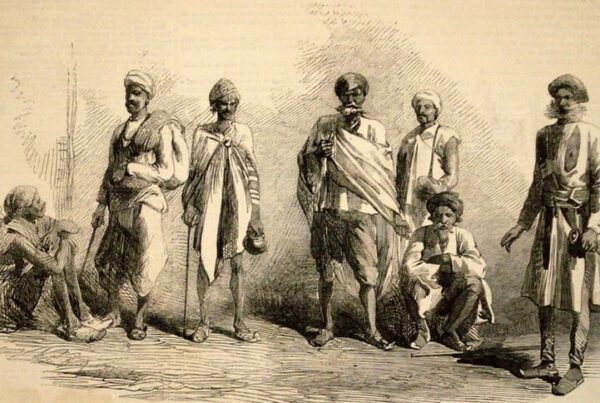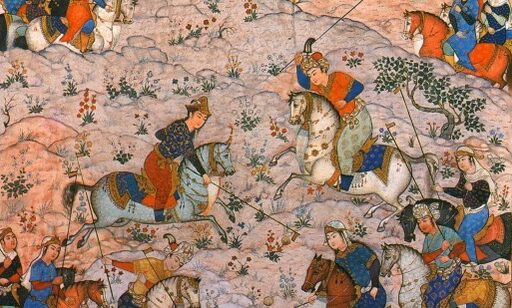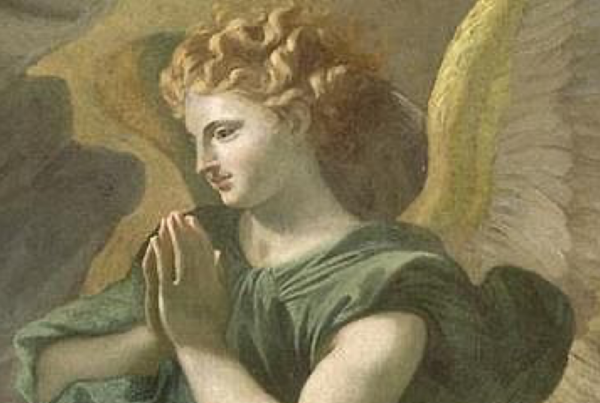Deep inside Balochistan along the Makran coast, there are whispers of the tales of a unique Djinn: a demon of the Winds. A shapeless child of the shadows which is believed to possess innocent people until they’re driven insane and brought to kill themselves.
On the Gwats of Baloch Folklore.
The words ‘Gwat’ or ‘Gwad’ both mean ‘Winds’ in the Balochi language and are also names attached to a horrid entity found in Baluchistan, a Djinn of the winds! However so, this Djinn is much different to other Djinns since it is said to not have a physical form.
The Gwat is a force of darkness, a child of the shadows. It has no body and no form yet it exists. It is body-less, invisible yet it lurks where humans don’t and whenever a human enters its lair, it makes sure to latch onto it until that person is driven insane. Due its extremely abstract existence, many do not even consider it a Djinn, rather a shapeless spirit of the winds. The Gwat’s descriptions reminds one of the creature known as the Hamzad which is considered to be the spiritual alter of every human being, that is, a spirit like entity that is attached to each human and lives with us.
The name of the Gwat and its attachment to the winds is solely due to its qualities which allows for its horrid method of possession where It arrives like the wind and seeps into the heart and mind of man. A person suffering from the possession of a Gwat generally goes pale and complains of a heavy heart, as if something was clenching it. Apart from the general loss of health, the Gwat makes the human do abnormal activities such as dance profusely until every muscle of the foot is function less and yank out every strand of hair from their head in sheer insanity. Some suffer from the illness for so long that eventually they go insane and end up committing suicide to evade their misery. Then the Gwat leaves the body and travels elsewhere, to wait in the darkness until it can inhabit another human and drive them towards insanity.
Though all hope is not lost for the victims. There exist certain women known in Balochi as Gwat-e-Mat i.e. the mother of Gwats. These women have knowledge on the Gwats and how to control them. This knowledge and the art of interaction and controlling the Gwat is passed down generation to generation by the women of the family. The Gwati Ilm (Knowledge of Gwatis) is not something that can be learnt through books, it is completely oral. A family matriarch learns it and passes it down to his daughter, who does so with her daughter and so on.
The ritual to rid the Gwat is called the Gwati-e-Leb. The Gwati-e-leb is a form of an offering or a ritual done for the Gwati to coax or in more severe cases force it to leave the body. It has 2 stages, in the first a person is isolated for 3 nights and washed every night with a mixture of various herbs and oil.
On the 4th night the person is considered ready for the second part: the ritual. A large feast is prepared apparently for the Gwat. Though the family members also eat, a portion of it is taken to the sea and left at a cliff, with bones being buried there. This offering is for the Gwat only. After this the ritual portion begins. A band of musicians play a melody of music which resonates with the wishes of the Gwati-e-mat. The victim is forced to dance who eventually goes into trance and dances so much that it falls conscious.
This method takes place over and over again until the Gwat finally leaves the body and the person is pure again. Though the Gwat is neither killed, nor banished, it is merely expelled. It still roams with the winds, waiting for its next prey.
Interestingly the name of Gwadar also comes from the word Gwat-Dar: Door of the Winds. Does the Gwat here signify the winds of the Makran coast or a rather forgotten reference to the Gwats who infest the darkness in Makran? Who knows, it is a secret lost to time.




